Our Goal is to make you feel like THIS….

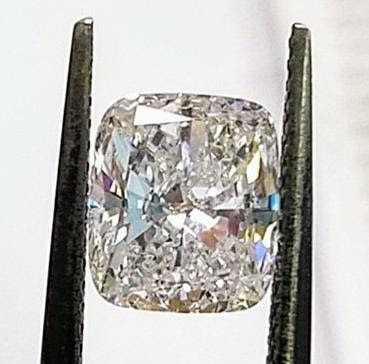
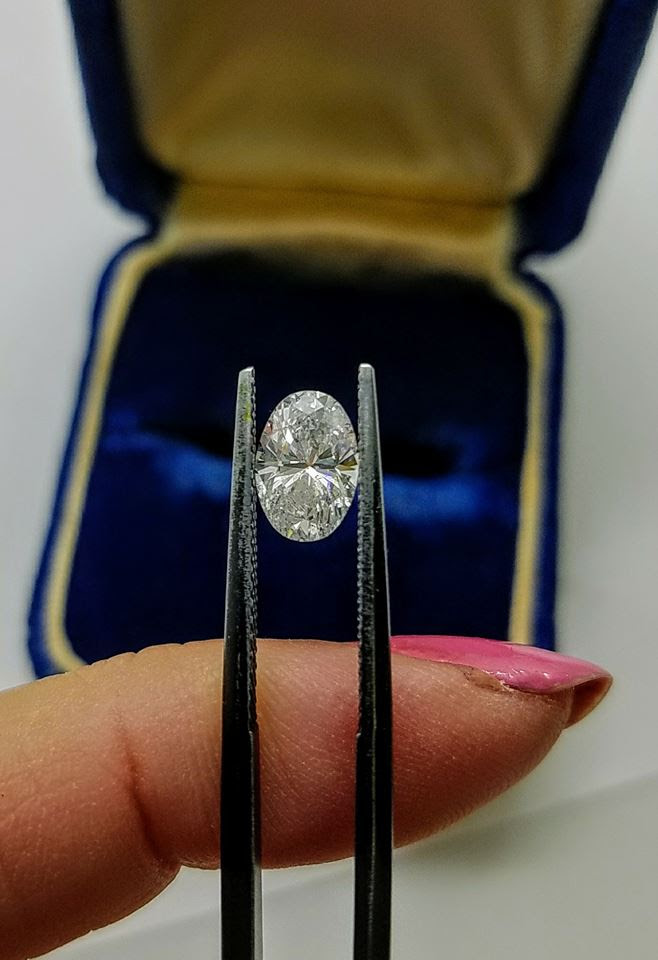
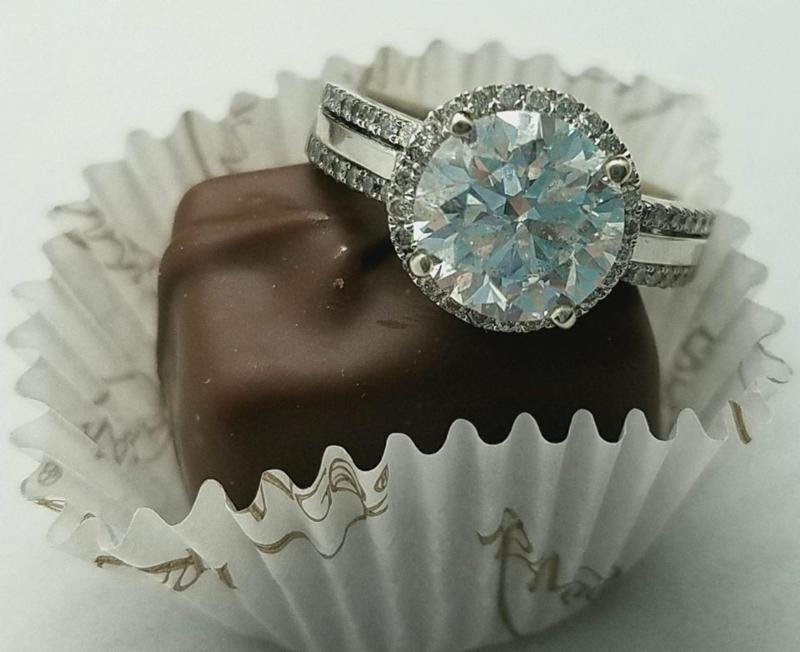

5.15mm H color BEAUTIFUL
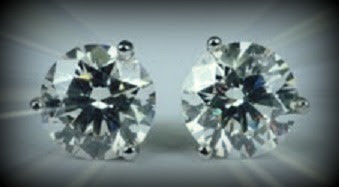
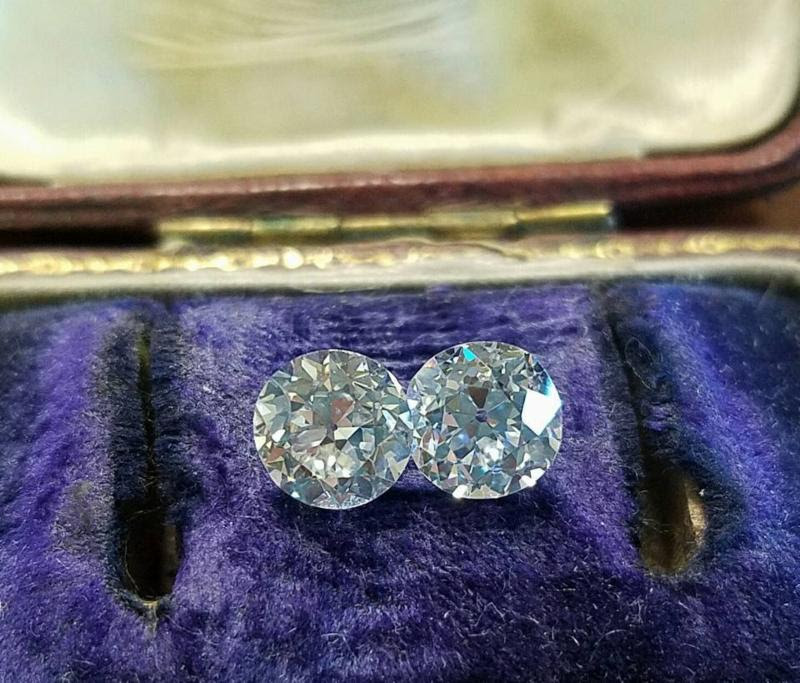
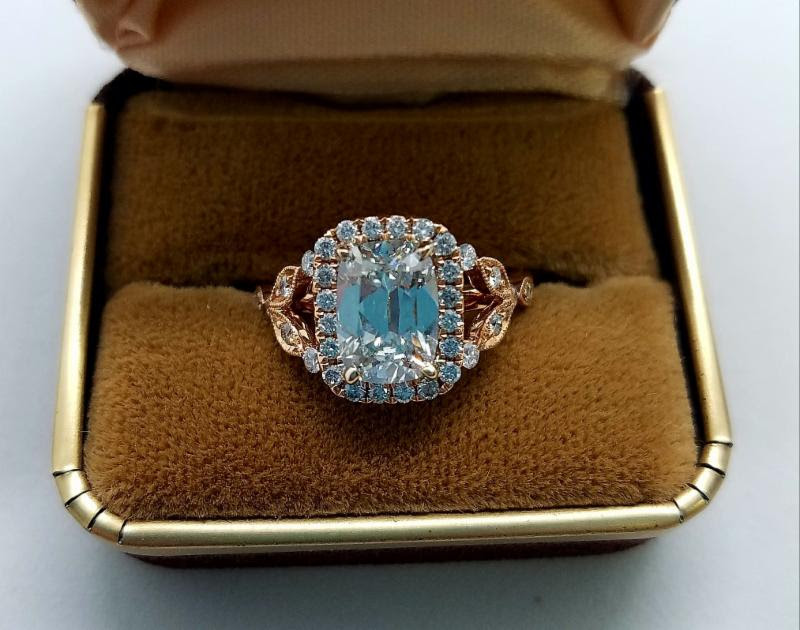
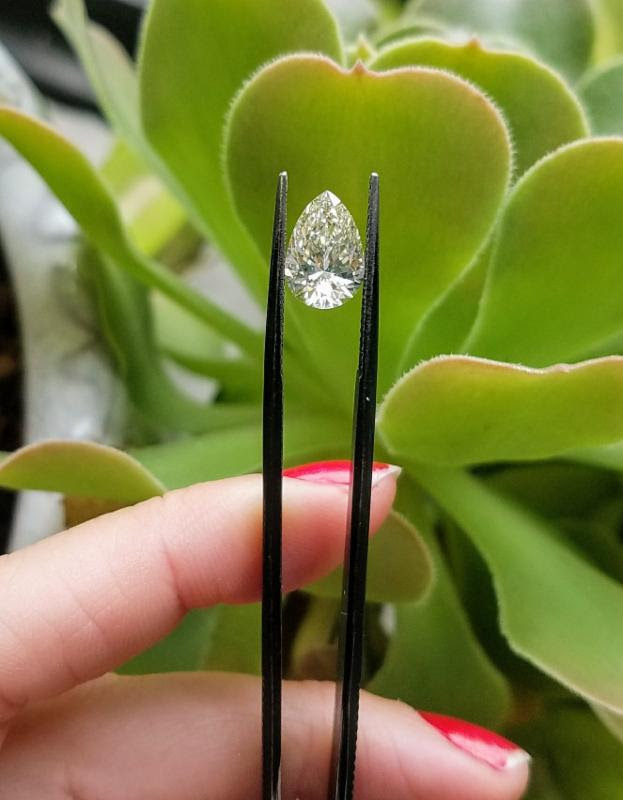
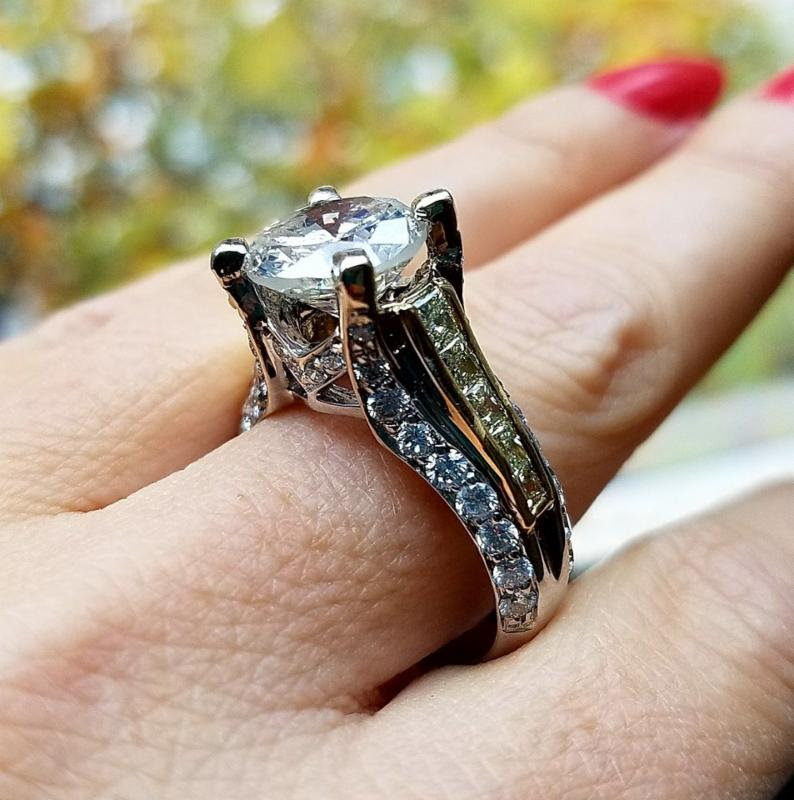
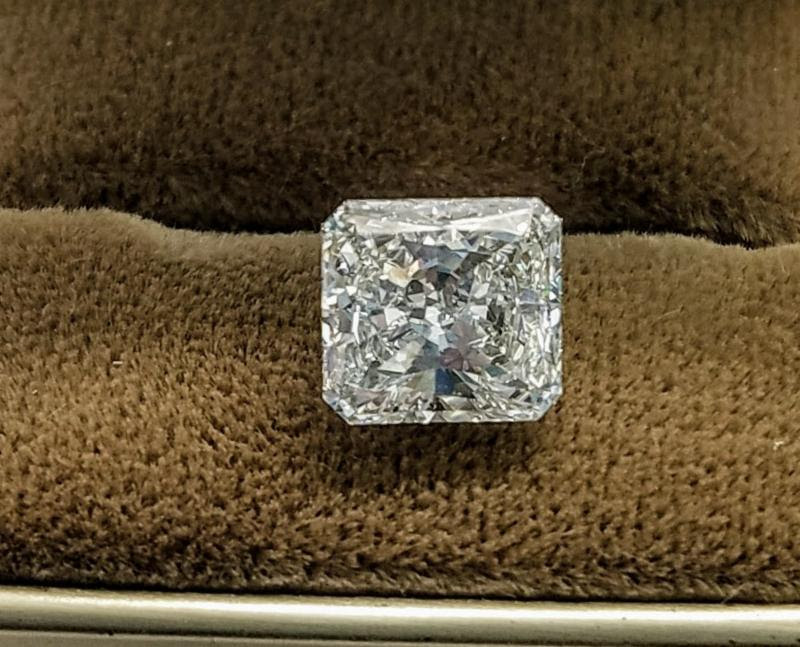
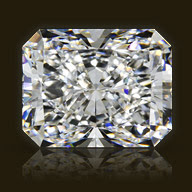
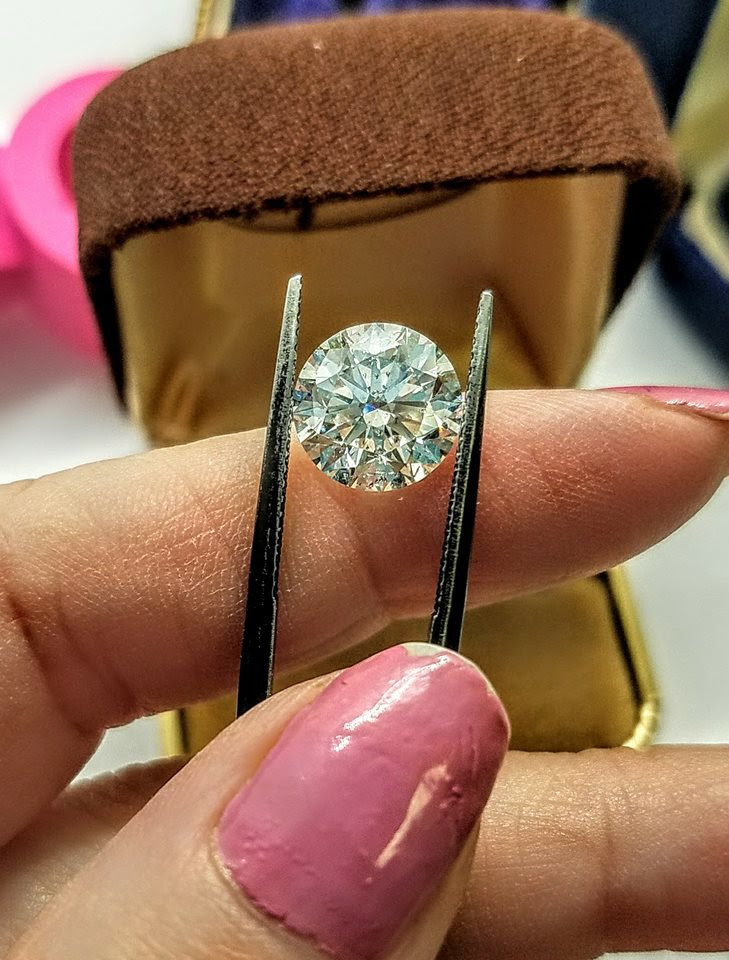
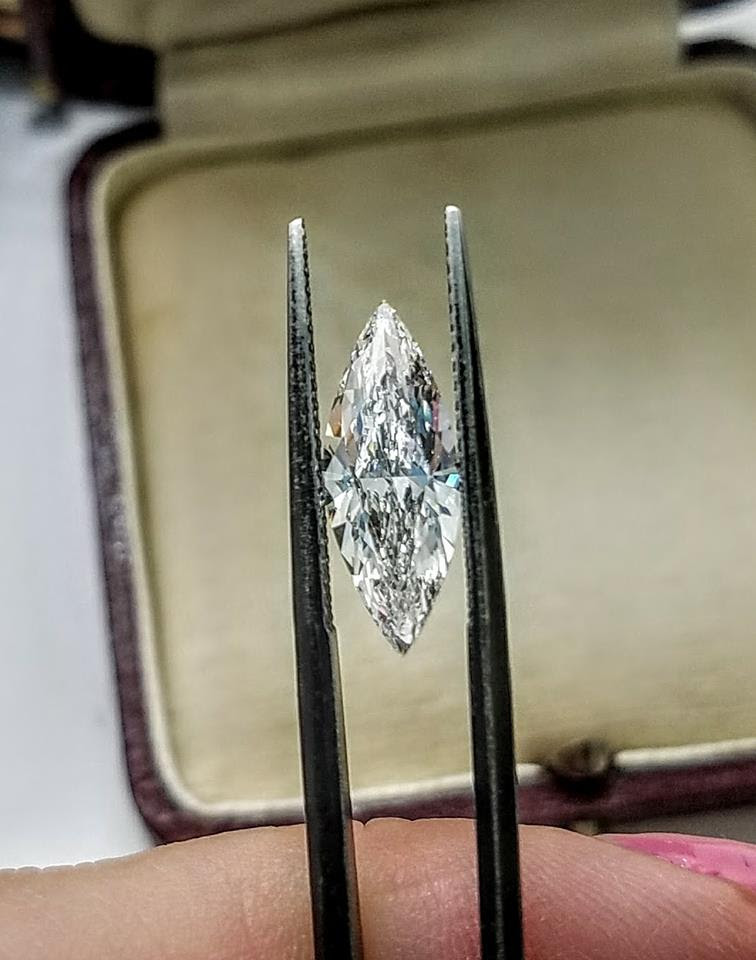

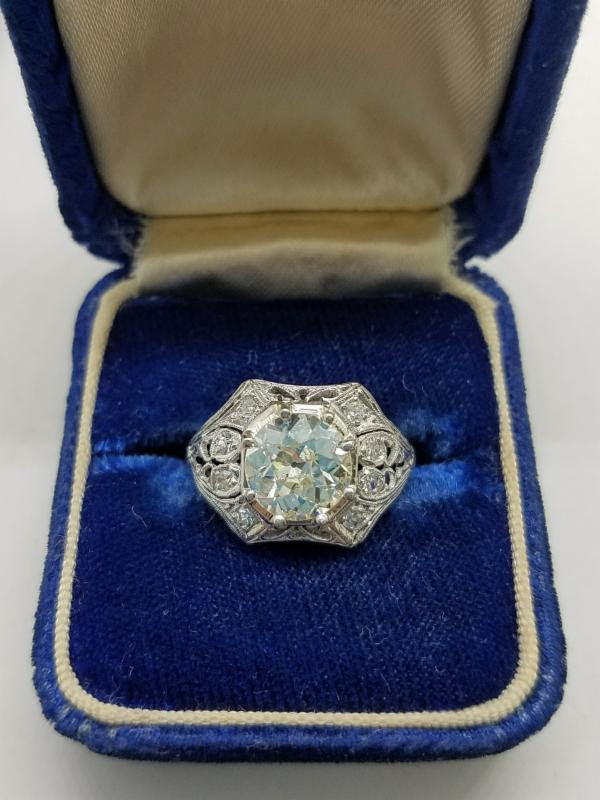
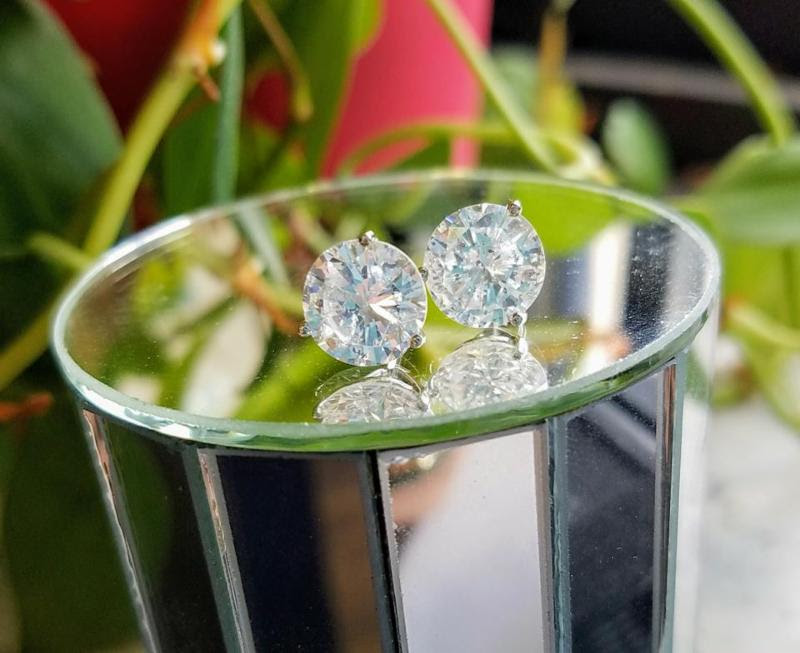
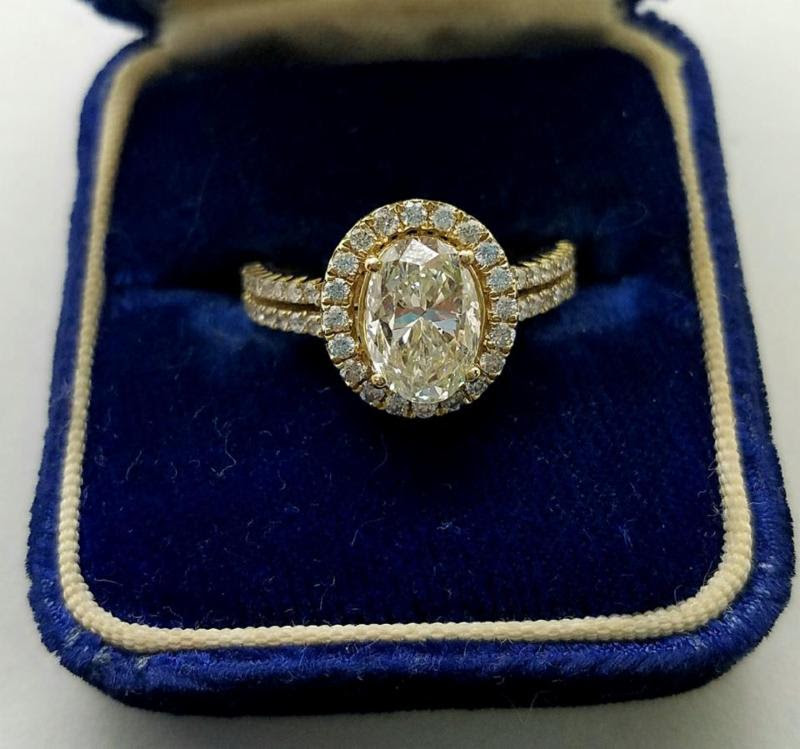
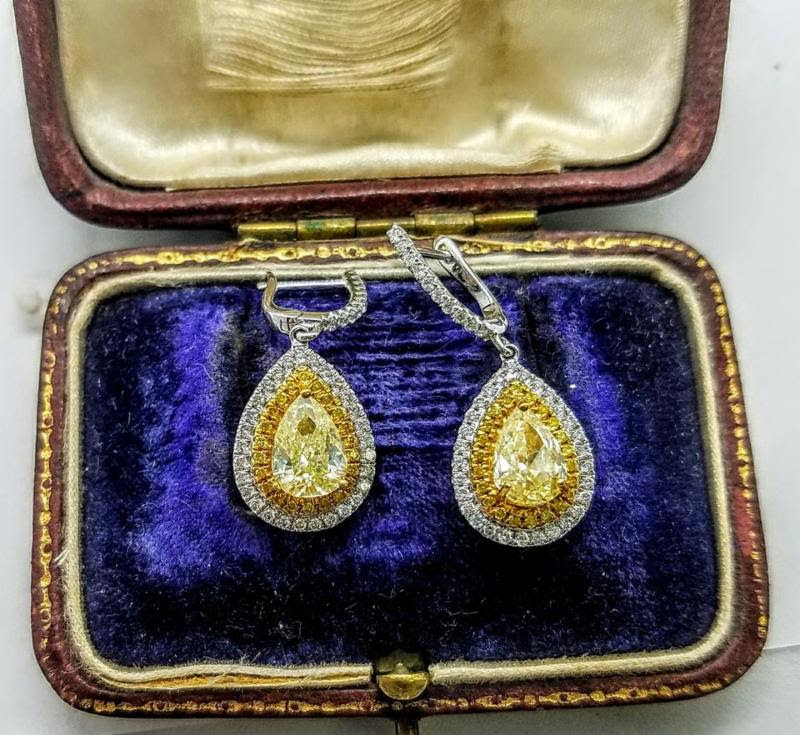
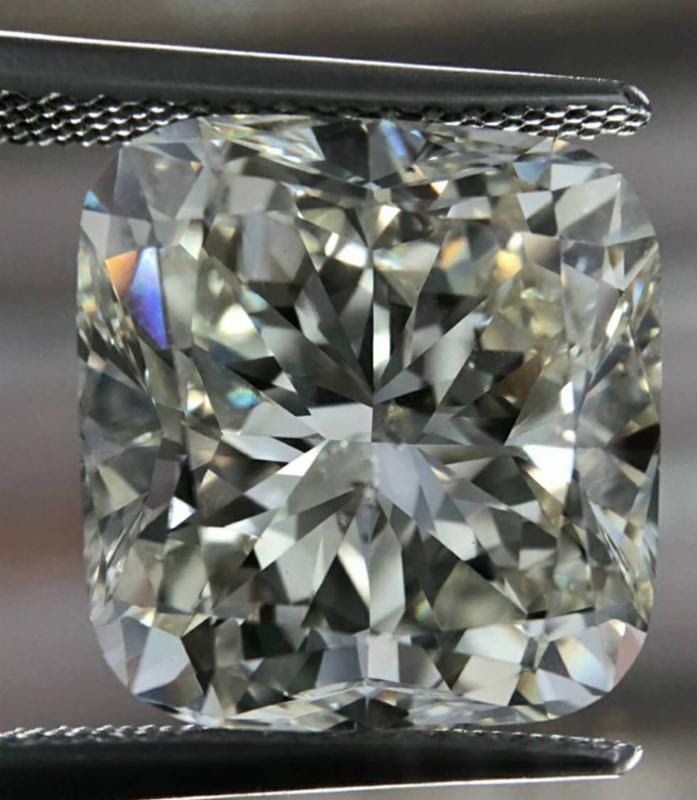
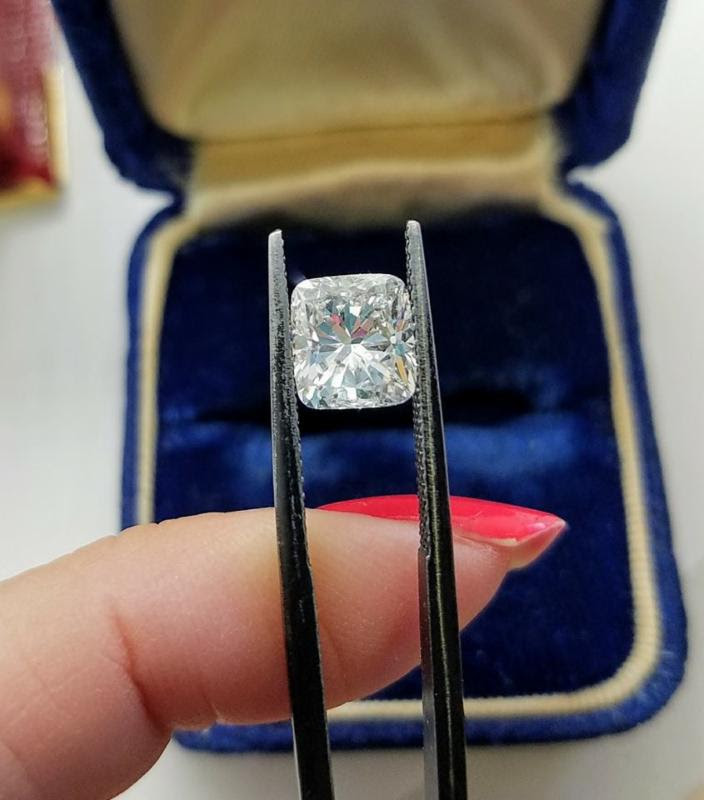
I bet you have a customer who wants an interesting, yet classy,
Vs2 8.2×7.3mm – FUN
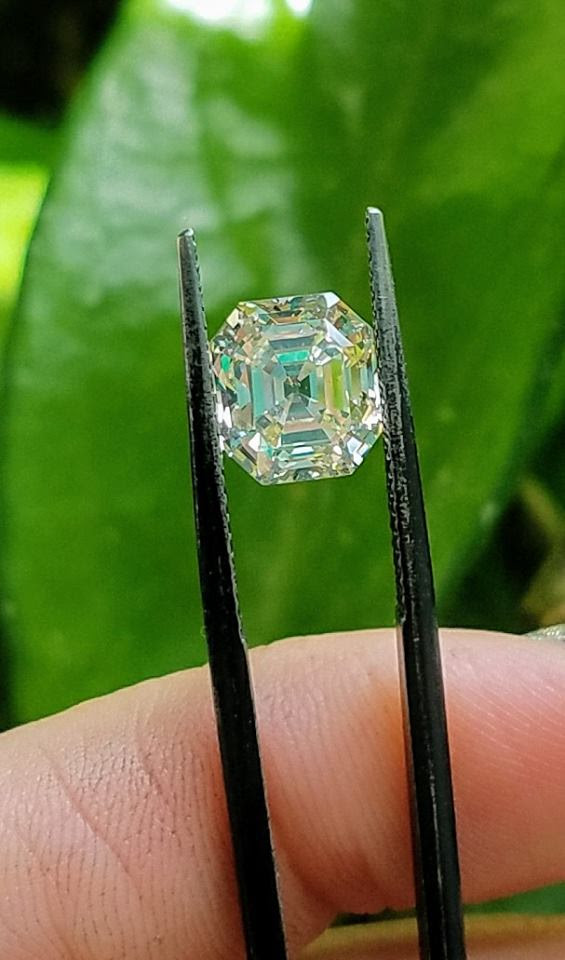
Imperfect but looks Good
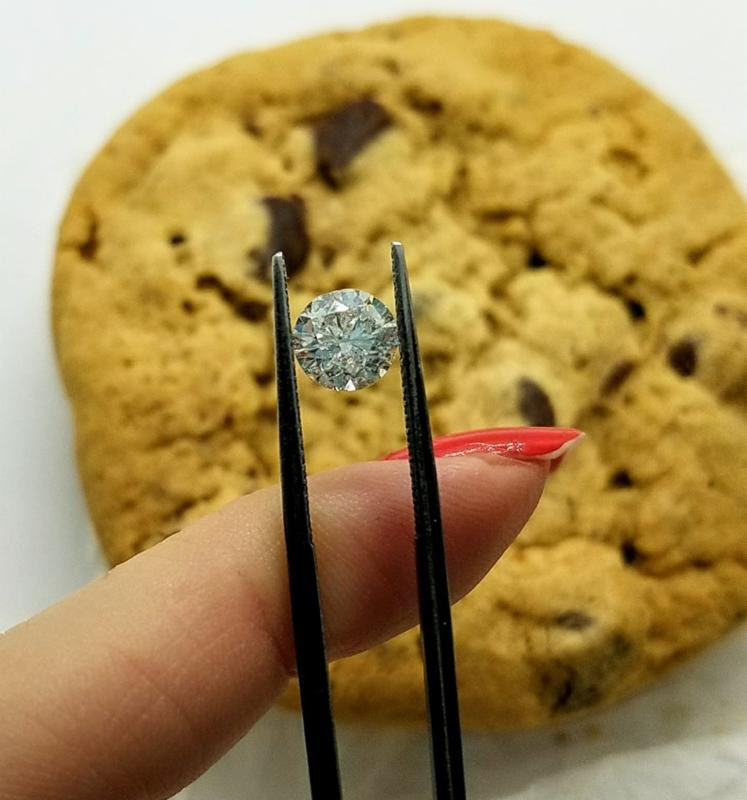
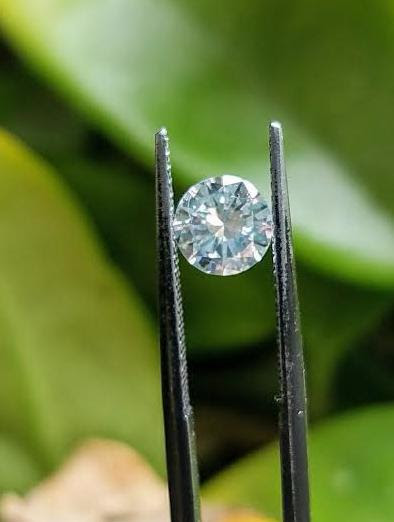
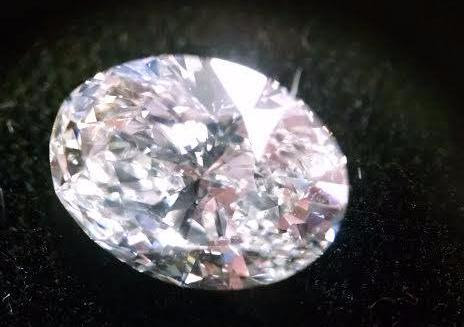






5.15mm H color BEAUTIFUL
















I bet you have a customer who wants an interesting, yet classy,

Imperfect but looks Good



You know it when it happens. That red circle around your finger when you remove your favorite ring. Or that itchy sensation around your neck after donning that seriously cute costume necklace.
Jewelry rash erupts whenever certain metals react with certain skins. More than just itchy, skin irritation from jewelry can discourage you from wearing that piece of jewelry…and that’s a fashion crime!
Our advice?
There. We said it.
Jewelry rash is most commonly caused by cheap jewelry (mainly because of the nickel contained within it). And while we love the fun of costume jewelry like everyone else, we much prefer good jewelry that lasts longer and irritates less.
Affordable jewelry often has a coating that prevents irritating nickel from causing a reaction. But that coating wears off eventually. In the case of high-quality jewelry? No chipping or wearing away. And no irritation.
The takeaway? While we’d love to tell you to buy whatever jewelry strikes your fancy, when it comes to allergic skin reactions, you’re better off investing in solid jewelry built to last a long, long time instead.

Learning about gems is a science in its own right. But that doesn’t mean you have to go back to school to learn.
So let’s talk luster. The terminology surrounding luster is a bit more complicated than the terminology surrounding brilliance (the amount of light reflected out of the crown of the gem to the eye). Brilliance is rather easy to describe: more or less. Luster language gets a little more dense.
But first, what is luster? Luster is the manner by which light interacts with the surface of a gem. The word holds its origins in Latin. Lux (meaning “light”) and generally implies radiance, gloss or brilliance.
A glass-like luster (called vitreous) is most frequently found in transparent faceted gems such as sapphire, emerald, ruby and tourmaline. Other “lustrous” names? Silky (such as tiger’s eye), resinous (think amber) and greasy (yep…that would be jadeite, unfortunately).
That was pretty painless, right? Better yet, just call us for more information on luster. We love talking shop!
(Okay, these necklaces are a bit more suited for summer fashion but that doesn’t mean you can’t make your necklace in winter and prepare!)
What we like about knot necklaces? The casual, textured look it provides. Unlike metal necklaces, rope knot necklaces capitalize on material, making it more of a simple extension of your outfit, like a collar.
According to the EPA, 80% of what people throw away during the time between Thanksgiving and New Years can actually be recycled.
If you’re anything like us, you have a ton of it around you at this very moment. And its not just gifts unfortunately. It’s packaging.
Before you go and toss that wrapping paper out (chances are, you can’t), take a listen to this helpful video:
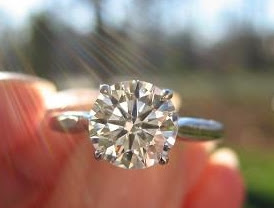
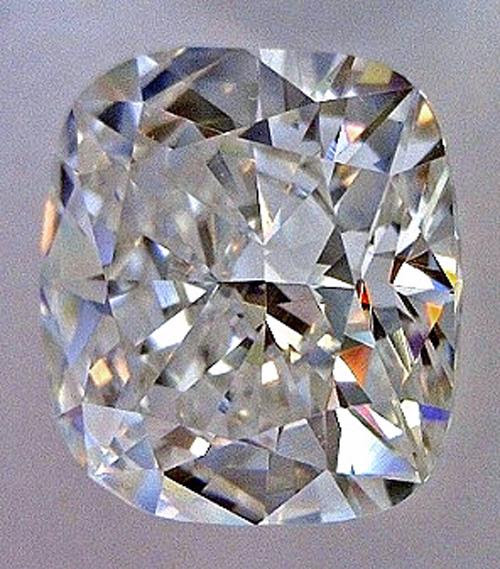
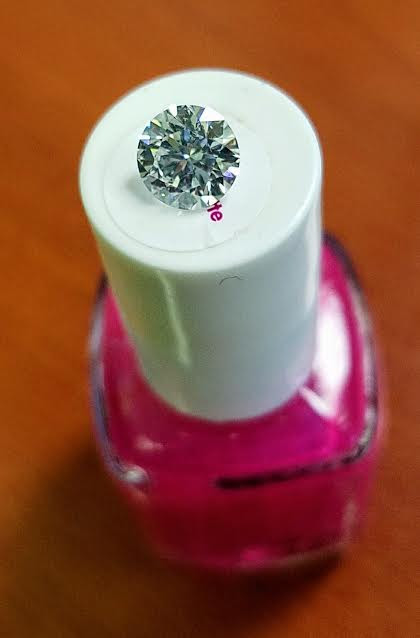
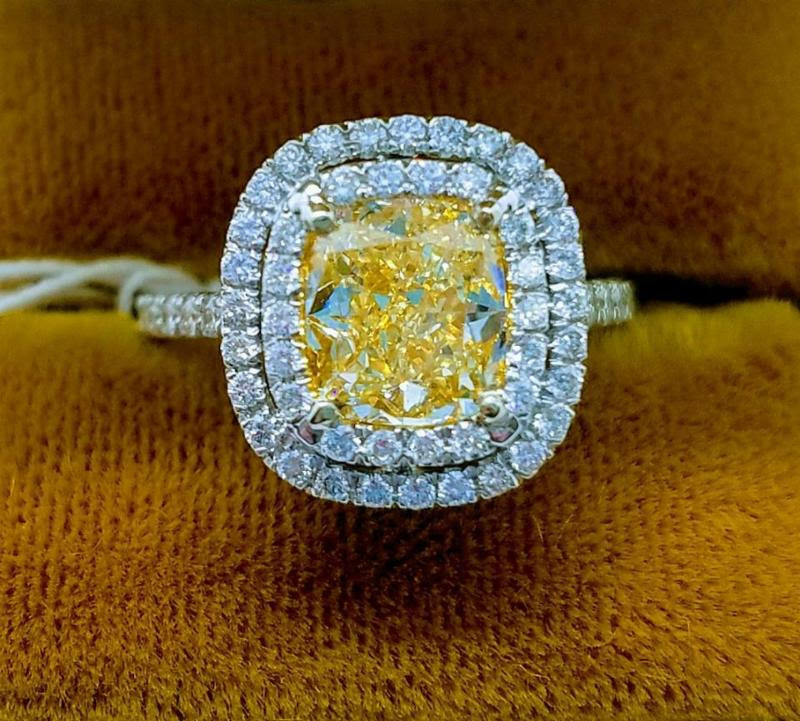
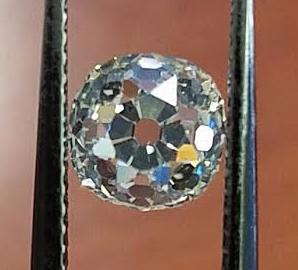
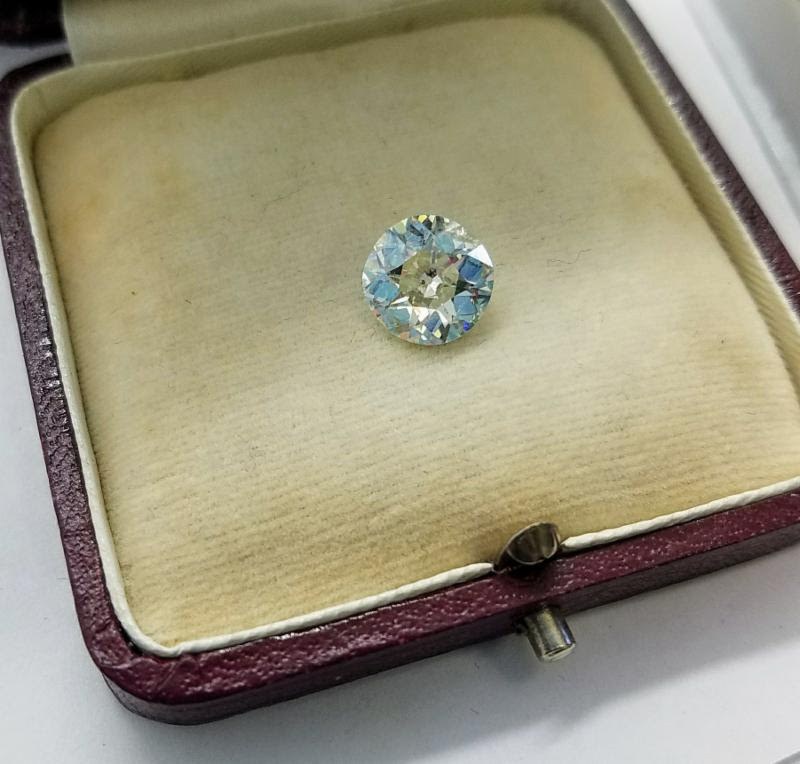
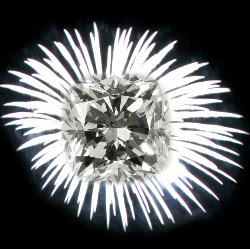
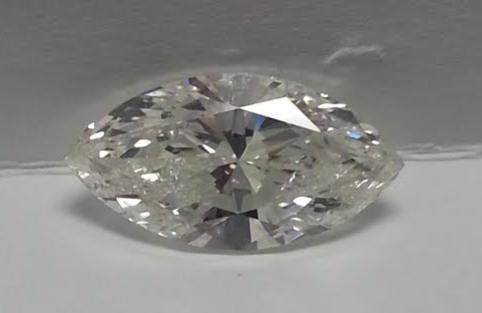
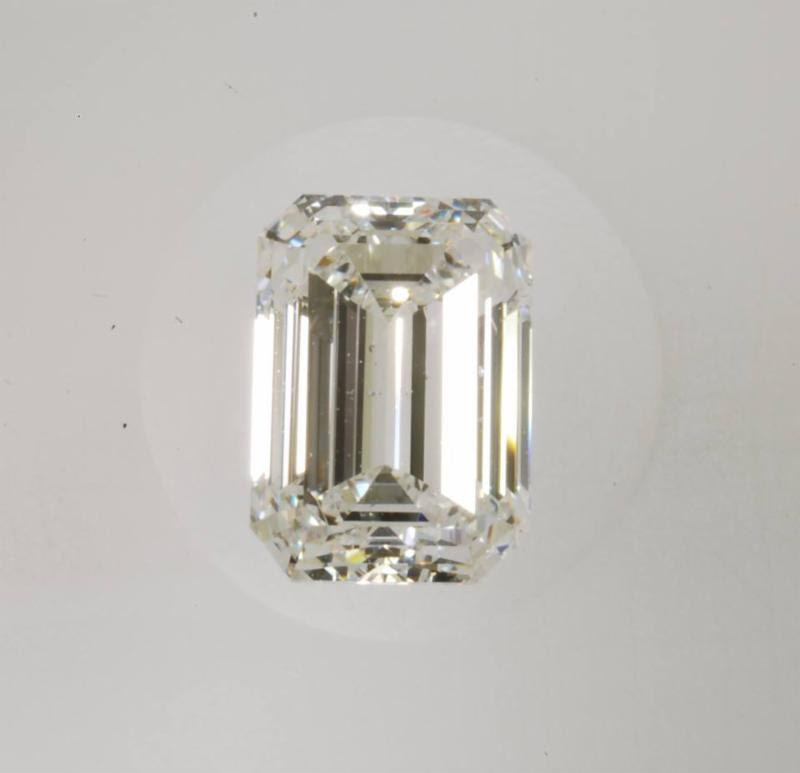

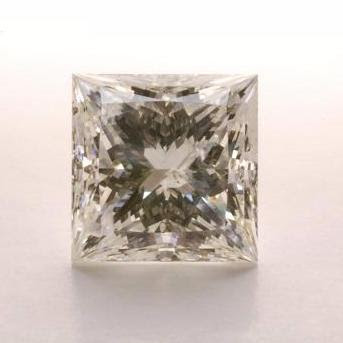


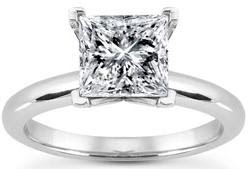
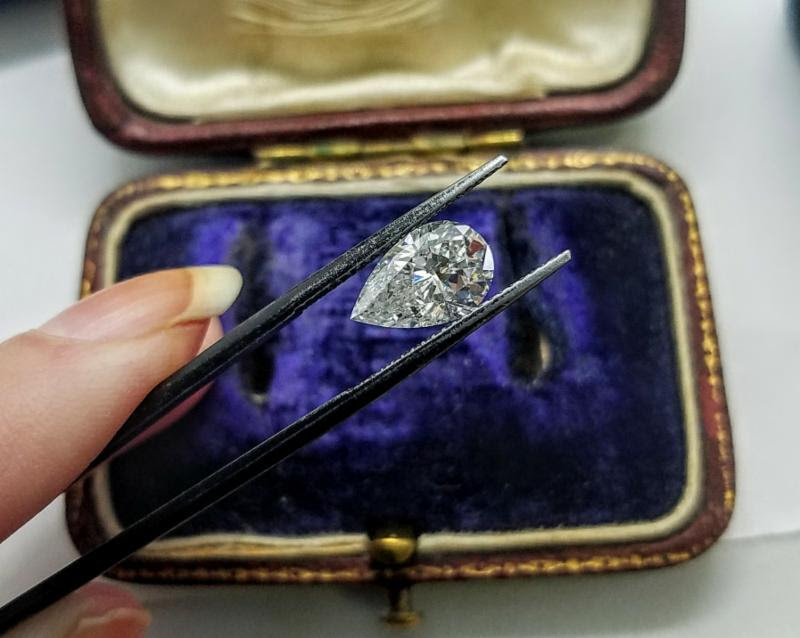
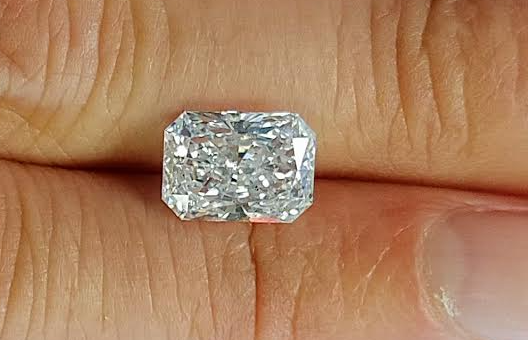
2.54 Round M SI2 $7800 total
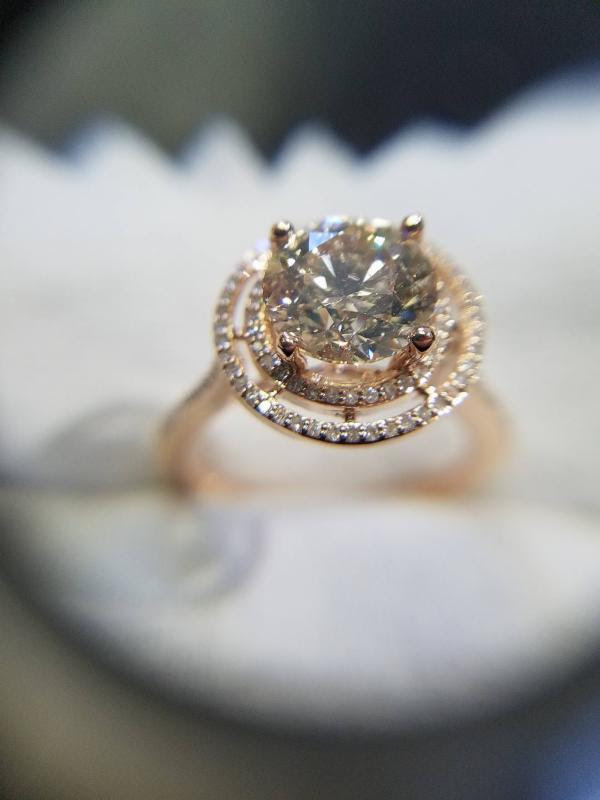
The sources of inspiration for jewelry design are endless. Why? Because design itself never stops. Look around you. Your room or office is packed with design and not just those of an interior decorator.
The smallest or most mundane item possesses its own particular design, from the lowly paperclip to a simple ballpoint pen.
Take the following examples. Designer Holly Paxton fashioned a throwaway tag that can also be worn as a brooch.
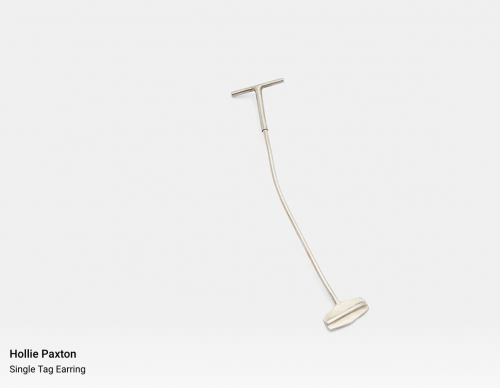
Now take a look at this below. A corner of candy bar packaging is the inspiration. Who would have thought this little corner of wrapper? [Same designer: Holly Paxton]
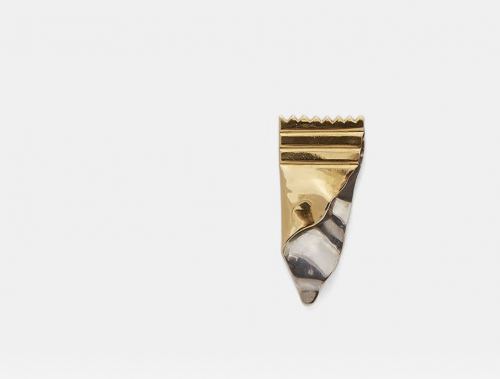
The takeaway: the sky’s the limit. Creativity knows no bounds. The simplest object around you possesses its own angles, lines, colors and unique design. Let’s celebrate the simple!
Source: Highsnobiety